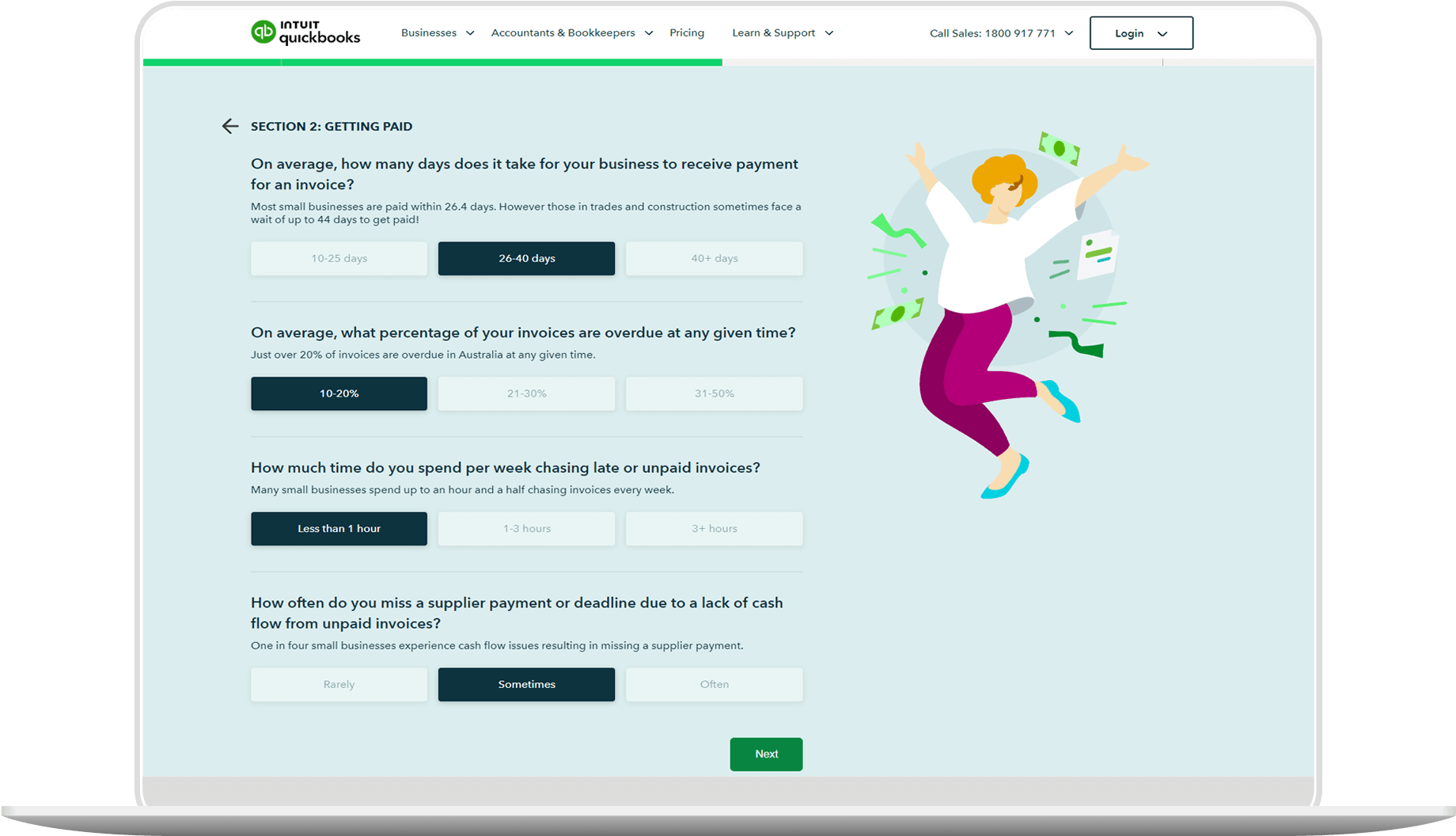How to segment your target market
After pinpointing your target market, it’s time to refine your strategy. This is where target market segmentation comes into play. The purpose of market segmentation is to deliver more specific marketing content to specific groups within your target market. The four common types of segmentation are:
Demographic:
this means segmenting your audience based on demographic information, including age, gender, income level, relationship status and more. Take a look at your customer data and see if you notice any patterns. For example, your customers might be mostly women with disposable income.
Psychographic:
this segments your audience based on psychological factors like lifestyle, social status, activities, opinions and interests. For example, if you know your customers tend to be big sport fans, you can target your advertising around game day.
Geographic:
this segment focuses on targeting people based on where they live. Common geographic segments are local, state/territory, region and country. For example, if the majority of your customers live in Queensland, marketing winter gear to this audience might not be the right call.
Behavioural:
this type of segmentation creates audiences based on a user’s interactions with your brand. For example, if you run an e-commerce business, you can create a segment of users who haven’t made a purchase in 60 days and target them with an email campaign to try to win them back.
Segmenting your target market allows for effective marketing with efficient spending and improved customer retention. With segmentation, you are exclusively sending relevant information to audiences that are specifically interested in it. If you send all of your content to the entirety of your contact list, your subscribers will tire of receiving material that isn’t useful to them.




















